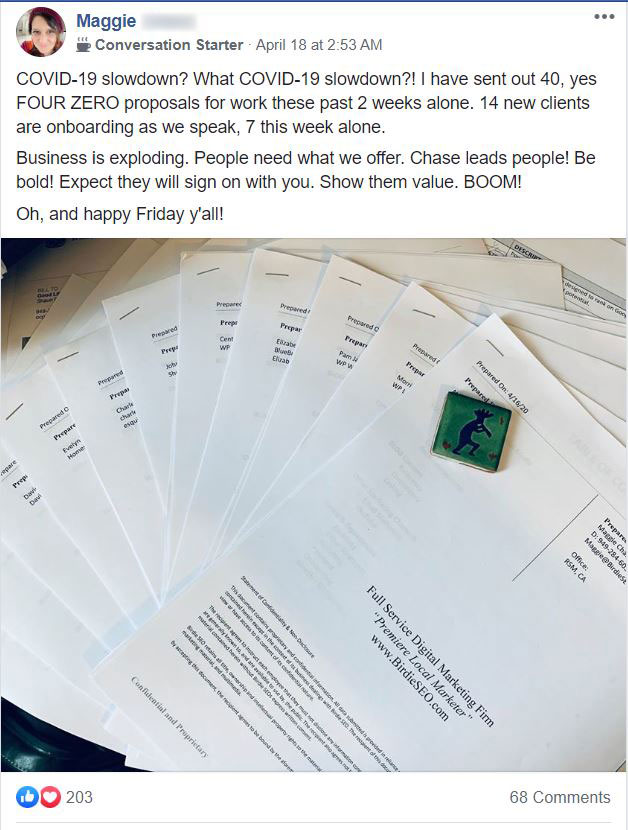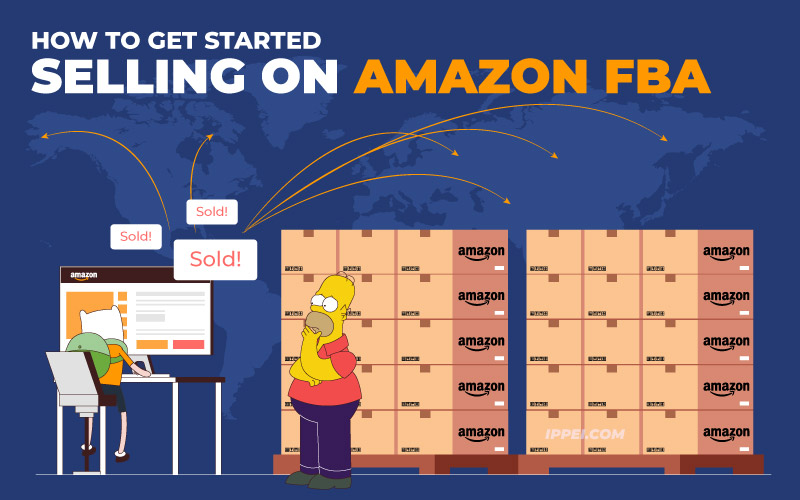
Every day, thousands of new sellers join Amazon in pursuit of creating an online income stream that affords an enhanced quality of life through location and financial freedom. What most of those aspiring online entrepreneurs don’t realize is that Amazon is extremely competitive and many of them are bound to fail. In fact, 7 figure Amazon seller and creator of the Fast Lane Academy Amazon seller course, Chris Jordan, makes a bold statement that 100% of Amazon sellers fail (at some point).
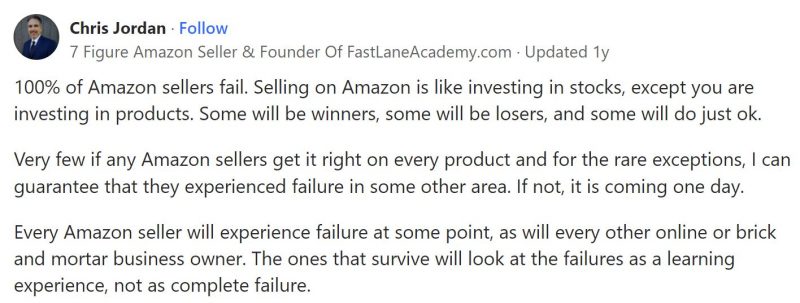
Does that mean you shouldn’t sell on Amazon FBA? No, but it does mean you probably shouldn’t dive headfirst into selling on Amazon by using a chunk of your savings on creating a private label product like many Amazon FBA courses recommend. Most people should get started selling on Amazon with the lowest risk business model, retail arbitrage. Aside from showing you how to sell retail arbitrage on Amazon FBA, we show you the absolute BEST places to find products with the largest profit margins!
What is Selling Retail Arbitrage Through Amazon FBA?
The Amazon FBA Program
Amazon is an E-commerce marketplace where sellers of all sizes, including Amazon themself, go to sell their products to Amazon’s massive customer base. Sellers on Amazon have two main options when selling on the platform. You can either opt for Fulfilled by Merchant (FBM) and handle your inventory storage and shipment while just leveraging Amazon’s platform to showcase your products or you can send all your products to an Amazon warehouse and let Amazon handle order fulfillment for you through the Amazon FBA program.
Although selling through the FBA program comes with some cons like FBA-related Amazon fees, the majority 73% of sellers use the FBA program because it:
The Retail Arbitrage Business Model is a Low Risk Way to Get Started Selling on Amazon
Retail arbitrage is one of the many business models that Amazon sellers use to sell on the platform. Arbitrage itself is finding an opportunity for profit by taking advantage of the inefficiencies in the economy when one market is selling a product for a different value than the same product in a different market. Therefore, retail arbitrage on Amazon FBA is finding a product selling in a retail store at a discount and selling it on Amazon for profit. That’s right, you can get your first sale on Amazon by buying products on sale from stores like Walmart and reselling them on Amazon!
Other Amazon business models like wholesale or private label require a seller to invest large sums of money to have products manufactured in bulk. If you’re experienced in E-commerce and find an excellent product opportunity, these models can create long-term businesses you could potentially sell for a lot of money. If you’re just getting started and don’t know what you’re doing though, they’re extremely risky and can end up costing you big.
That’s why retail arbitrage is the best way to get started selling on Amazon FBA. Retail arbitrage is a low-risk way to start making money quickly while allowing you to learn the ropes. Then, you can use the skills and money you have made through selling retail arbitrage to move onto more advanced Amazon business models. Here’s how to sell retail arbitrage on Amazon FBA.
If you are interested and want to invest in a beginner Amazon FBA course that offers step-by-step course modules, you can check my article about Your Selling Guide review and FBA Growth University.
Step 1: Sign Up for an Amazon Seller Account
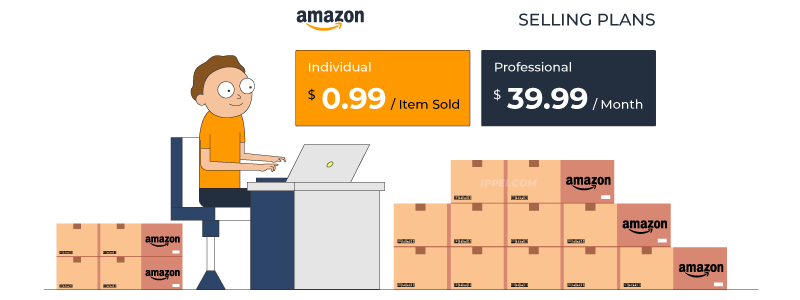
There are two selling plan options for Amazon sellers. You can either choose the Amazon Professional seller account for $39.99/month or the Individual seller account for $0.99/item sold. When just getting started, it’s best to choose the individual plan because there is no risk involved as they only charge once you actually make a sale. If you start selling over 40 items/month, you can upgrade to the Professional seller account then. According to AMZ Scout, you can expect your Amazon seller account to be approved within 24 hours. Once you have your Amazon account, you can download the Amazon Seller app on your phone, which you’ll need in the next step.
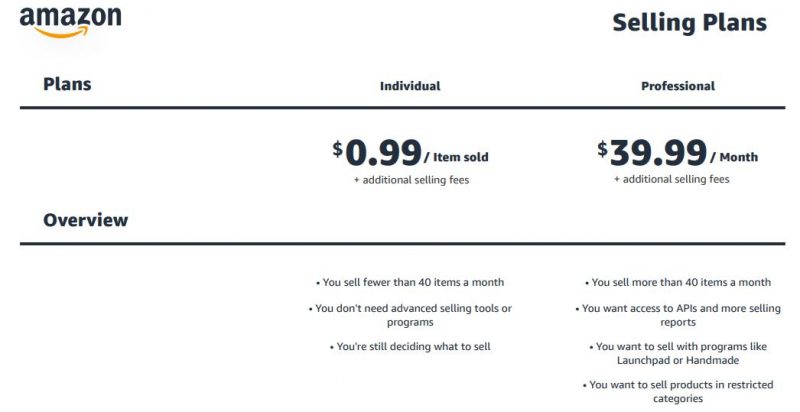
Step 2: Look for Arbitrage Opportunities
There are two ways to look for arbitrage opportunities. You can either go to stores in-person and search for products or you can check for discounted items online from the comfort of your home!
Look for Product Opportunities In-Store Using the Amazon Seller App
The Amazon Seller app makes it extremely easy to determine if an item has profit potential while you’re at the store browsing by simply pulling out your phone and scanning the product’s barcode. The Amazon Seller app will even tell you whether you can sell the product by showing “Restricted” if your account is not authorized to sell the product. It’s not uncommon for multiple listings or product variations to show when you scan a product, so make sure to find the exact match before assessing profit potential.
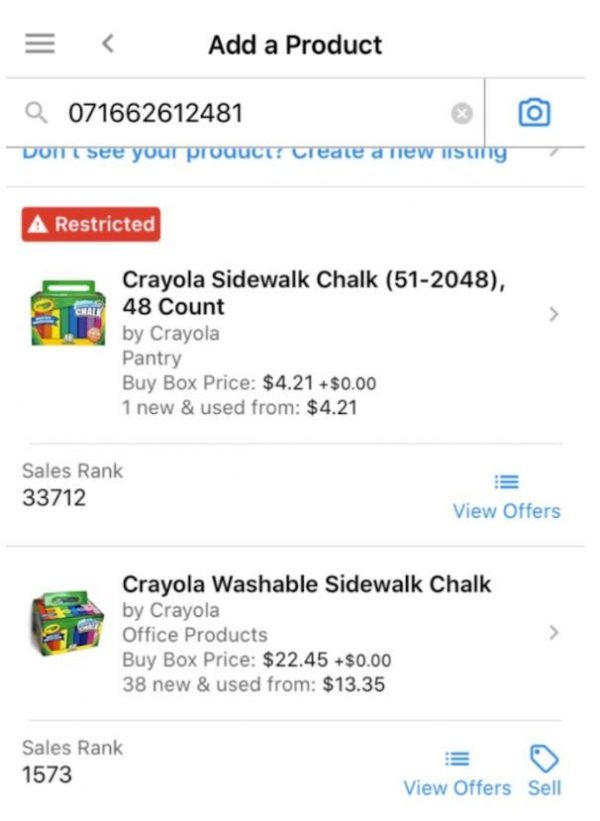
If there are no restrictions, look for the Buy Box price as this is the price the majority of customers are purchasing the item for at this time. Therefore, you can sell at this price or slightly lower. On this page, you want to look for a satisfactory seller rank and good rating on the product to help determine if selling the product is a good choice.
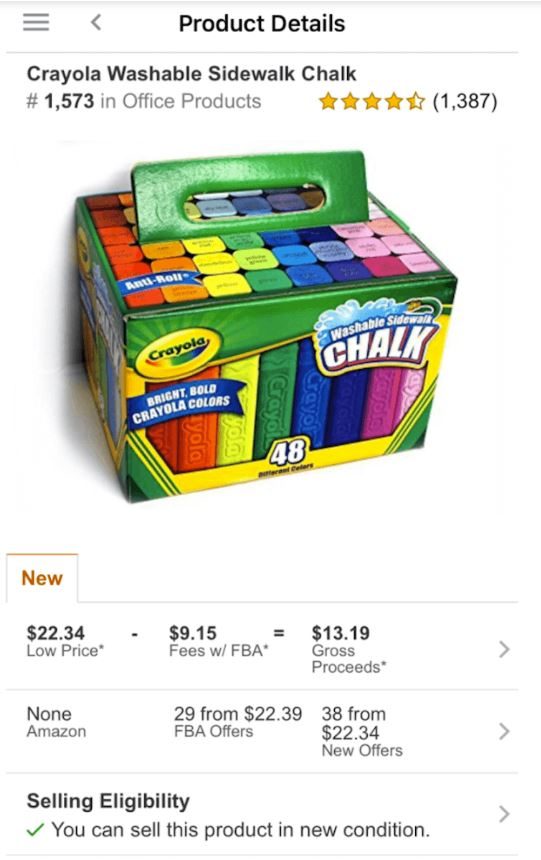
On the next page, you can see whether there is profit potential with Amazon FBA based on the price you can buy the item for.
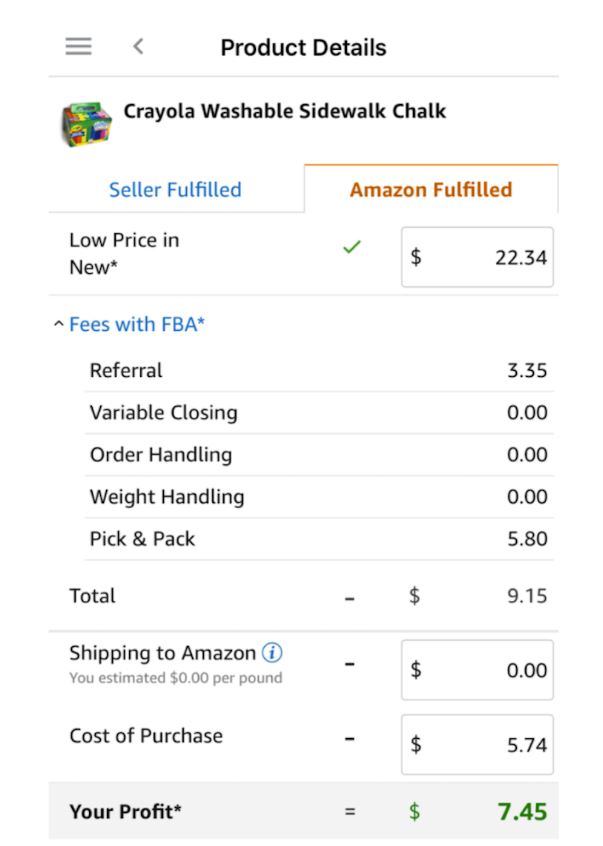
Best Seller Rating (BSR)
Every product sold on Amazon with at least one sale is provided a sales ranking that portrays how well the product is selling in its specific product category. The lower the number, as in closer to #1, the better the sales the item has in that category. With millions of products in each catalog, even a BSR in the 10,000s would still show a product is selling well on Amazon.
Tracking Down Retail Arbitrage Products In-Person
Chain Stores
A great place to start your search are the stores you probably shop at most often, chain stores. Chain stores like Walmart and Target have sales often in order to drive customer urgency and clear inventory. Chain stores are massive operations, so they can push down prices and still be competitive while generating a profit for themselves.
If you find an amazon opportunity at one chain store, there’s a good chance you can visit other nearby locations for similar sales. In fact, Amazon retail arbitrage seller Reezy Resells did just that. He was able to make $40,000 by purchasing as many outdoor space heaters that he could get his hands on from Home Depots in his vicinity, holding onto them for a few weeks until the weather turned cold, and then selling them to businesses with outdoor seating who needed them once it did.
Liquidation Stores
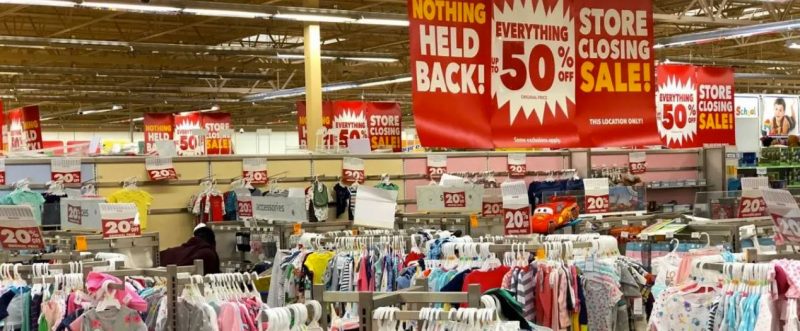
Liquidation stores are wholesale businesses that buy branded products from retail stores that are going out of business. According to Bankrate, liquidation stores are able to get unbelievable discounts, anywhere from 30% to 75% of the retail price. Therefore, liquidation stores can sell you high value branded products for a fraction of the retail price. You can find local liquidation wholesalers by searching Google for “liquidation store [your city here]”.
Outlet Malls
Although you’re probably not going to come away with a lot of one product, outlet malls can offer some hidden gems you can profit from. Outlet malls offer the opportunity to hit a variety of different stores in a short period of time.
Thrift Stores
Non-profit thrift stores that get their items for free like Goodwill and Salvation Army can offer some incredible opportunities for retail arbitrageurs. Here you can find new or lightly used items like clothes, electronics, video games and tools for dirt cheap!
Determine Online Arbitrage Profitability With the Product’s ASIN and the Amazon Revenue Calculator
When doing online arbitrage, you’ll have to take the keywords from the site you want to arbitrage from and then search on Amazon to find the product. Make sure the product listing on Amazon is an exact match to what you find on the site you want to arbitrage from, including the product size, color and quantity variation. Then, take the ASIN from that product listing and plug it into the Amazon Revenue Calculator to determine if there is profit potential.

Amazon will then show you the expected profit with FBA and FBM.
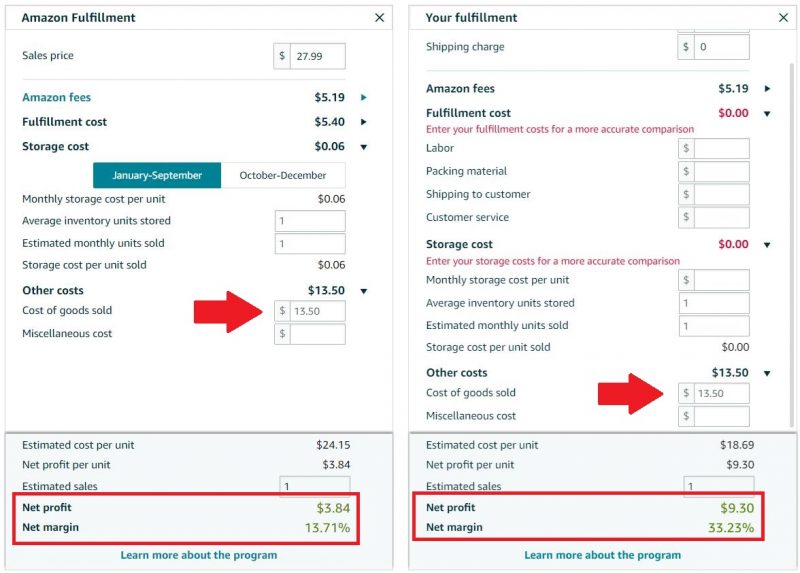
These Sites are Great for Online Arbitrage
Chain Store Websites
Often, you can find the same or additional deals to what you can find in-store by searching a chain retailer’s website. Check out Walmart.com or Target.com for rollbacks and clearance items you can easily flip.
Craigslist
You never know what you’re going to find on Craigslist.com. On this classified ads website, people list all sorts of new and used items. You can either meet the person you’re buying from in-person or have them ship it to you.
Online Discount Tracker Sites
You can find some ridiculously good deals from online discount tracker sites like Slickdeals and Brickseed. They follow the major retailers and E-commerce sites and present you the best active sales the internet has to offer.
Step 3: Adding the Product to Your Amazon Product Catalog
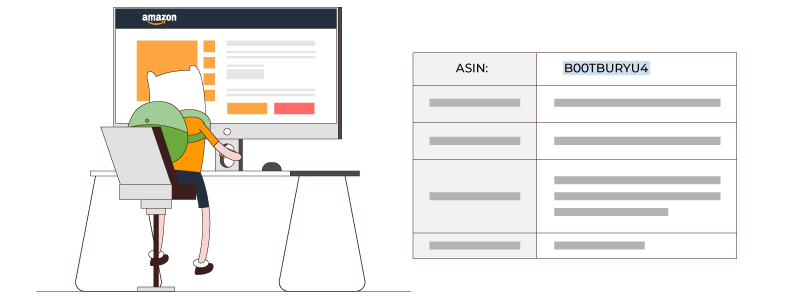
A major benefit of retail arbitrage is that you don’t need to create and optimize an Amazon product listing. You just need to add the ASIN of the already listed product to your own product catalog. There are two options for adding products to your catalog on Amazon. You can either add the product to your product catalog directly from the Amazon Seller app on your mobile phone if you’re fulfilling your own orders as FBM, or add the product ASIN from your desktop computer for FBA. As this article is for selling through Amazon FBA, we’ll outline the process from your computer.
Finding and Adding the Product ASIN on Desktop Computer
First, you need to find the product listing you want to sell on and take that exact ASIN. Start by searching the Amazon search engine with the keywords of the product to find the listing. Then take the ASIN from either the URL of the listing or by scrolling down to the “Additional Information” section of the listing.
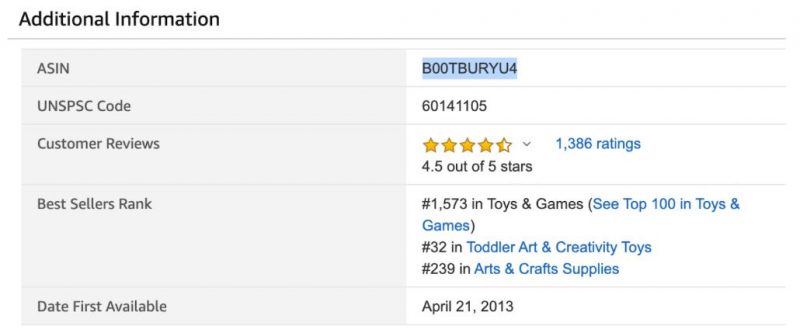
Next, go into Amazon Seller Central, find the “Inventory” tab and go to “Add a product" and paste the ASIN. Enter the ASIN and hit search to bring up the product.
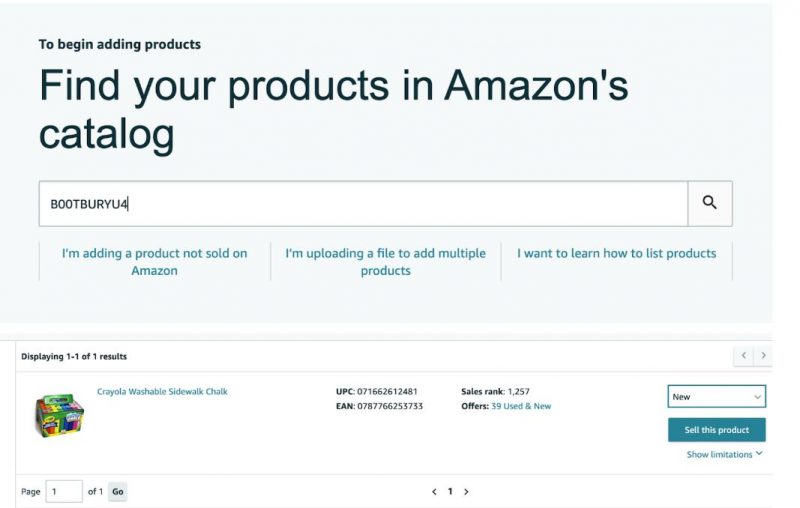
List the product as “New” and then “Sell this product”. Finally, it will take you to the offer page, where you will confirm your price, condition, and Amazon FBA as fulfillment.
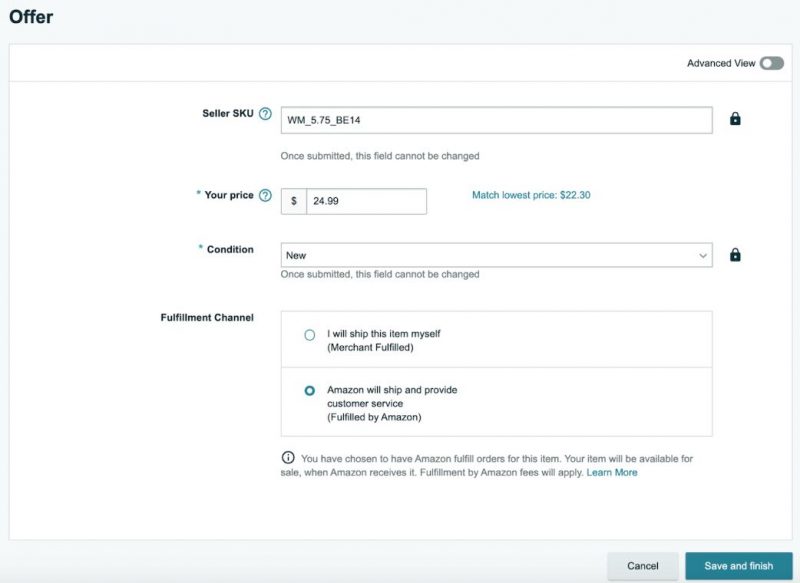
After a short period, you can find the product in your “Manage Inventory” as "inactive" because you have not yet sent any products to Amazon’s fulfillment center.
Step 4: Create FBA Shipment in Seller Central
Now it’s time to set up your shipping so that the Amazon fulfillment center accepts your items. Start by finding your product in “Manage Inventory” and then choose “Edit” on the far right to bring up a dropdown menu. From the dropdown menu, choose “Send/Replenish Inventory”.
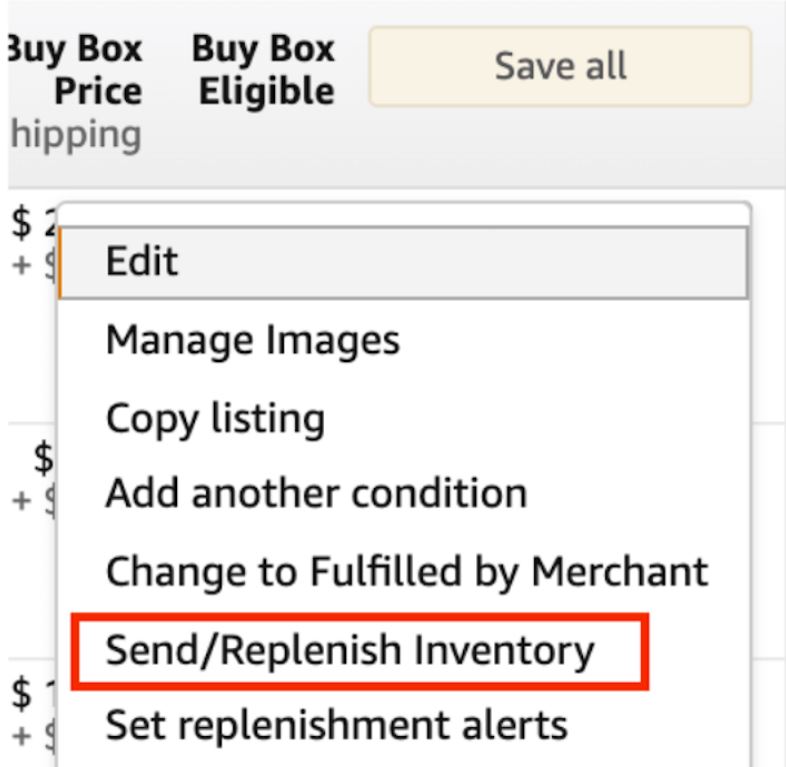
Next you will make any edits to the packing template, including the template name, units per box, dimensions, weight, and how many boxes you’re sending to Amazon. Amazon will also tell you whether you need to do additional prep like bubble wrap or add Amazon labels. Many products for retail arbitrage are accepted without additional labeling because the manufacturer barcode already embedded into the product is enough. However, sometimes Amazon may notify you that additional labeling is required, in which case you can either have Amazon label it for you for a small fee or do it yourself by printing and sticking the new barcode over the existing barcode on the product.

Moving onto the next section, here you will confirm your shipping. Enter the date you will ship your product, choose your shipping mode (small parcel delivery for 99% of retail arbitrage sellers), and select your shipping service. Amazon has a partnership with UPS to provide ultra low shipping rates, so it’s usually best to choose the default option of UPS for shipping service.

Finally, “Accept charges and confirm shipping” to move onto the next page where you will print your shipping labels.
A Word of Caution
If you're sending multiple items to Amazon, it's common that Amazon will break up your shipment and have you send items to multiple fulfillment centers. In this case, you will package the specified contents of each shipment into their own boxes and attach the accompanying shipping label.
Step 5: Prepare and Ship Products
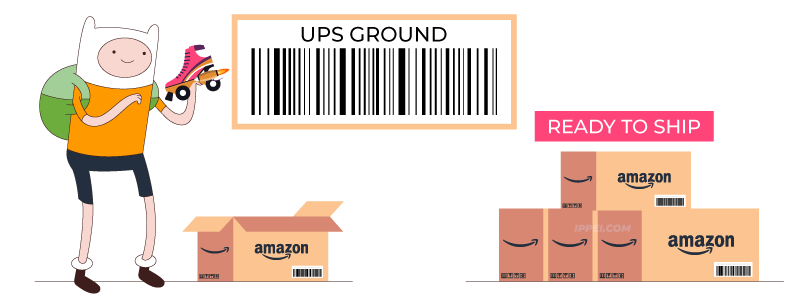
With Amazon ready to receive your shipment, it’s time to prepare your items. Start by printing your labels and follow Amazon labeling requirements.
Printer and label requirements:
If you choose Amazon’s partner carrier UPS, you will see two barcodes on the shipping label. The first is the UPS barcode, and the second is the barcode Amazon will scan to identify your shipment. Place all applicable items into a sturdy 4-corner cardboard box and seal securely with packing tape. Then attach the shipping label to a flat portion of the box so that it’s easily scannable and won’t be damaged when the box is opened.
Pro Tip: If there are any stickers like a retail store placed barcode or sticker with the price, you can easily remove them by using a blow dryer to heat the sticker before removal.
Finally, drop off your packages at your carrier of choice for shipment to the Amazon warehouse. It can take up to 21 days for Amazon to receive and prepare your items for sale.
Step 6: Sit Back While Amazon Fulfills Your Orders

Once your products are in Amazon’s hands, it’s their responsibility to ship the product out to the customer once purchased. After you ship the item, Amazon will credit your account with the sale, minus any FBA-related fees associated with the product. The one thing you want to keep track of is how long products remain in the Amazon warehouse because they charge storage fees. After a year, those turn to hefty long-term storage fees. It’s best to request a removal order before that occurs.
Growing Your Amazon FBA Business Beyond Retail Arbitrage
Once your Amazon FBA business has generated some nice profits from retail arbitrage and you have a better understanding of what it takes to be successful selling on the platform, consider upgrading your operations. Retail arbitrage can make you money, but you’ll always have to be hunting for new opportunities. Selling retail arbitrage will always be just like a job, as in something that makes you money temporarily. However, other Amazon FBA selling models allow for greater passive income potential and, if done right, can become valuable investments worth extraordinary sums of money.
Start With Product Research
The key to successfully moving on from retail arbitrage is to be patient and take your time with Amazon FBA product research. It takes time to find a product idea worth pursuing. You can start by looking at the current Amazon best sellers or you can check my article about the best Amazon retail arbitrage items to understand what kind of products are selling well, but investing in a product research tool like Jungle Scout or Viral Launch will really help you analyze the market fully and learn where you can differentiate your product from the competition.
Source It, Market It, and Sell It To Grow Your Amazon FBA Business
Once you find an excellent product opportunity, you’ll need to find a supplier that can provide high-quality products in bulk. Many sellers often turn to manufacturers in China for Amazon FBA product sourcing. The best source for your products will depend on which business model you choose for your product. You can either choose to sell as a wholesaler and purchase generic products from suppliers to sell them as they are, or you can use the private label method to brand a product as your own by putting your own logo on the generic product.
After you take care of product sourcing, you’ll need to turn your attention to making the product visible on Amazon. When wholesaling, you’re selling generic products that may already be selling on Amazon. Therefore, sometimes you will need to create the product listing if you’re the first to sell it, and other times you won’t if there is already a listing created. When selling private label, you’ll always need to create your own product listing. If you’re responsible for creating it, optimizing your product listing with Amazon SEO provides an essential base for your product to be seen. However, you’ll also need to leverage Amazon advertising in order to sell your products and move up in Amazon’s organic ranking. Amazon ads, called Amazon PPC, are worth it though because they run on the Amazon marketplace where purchase intent is high.
Two Low Risk Alternatives to Getting Started Selling on Amazon
The Amazon Handmade Program for Artisans
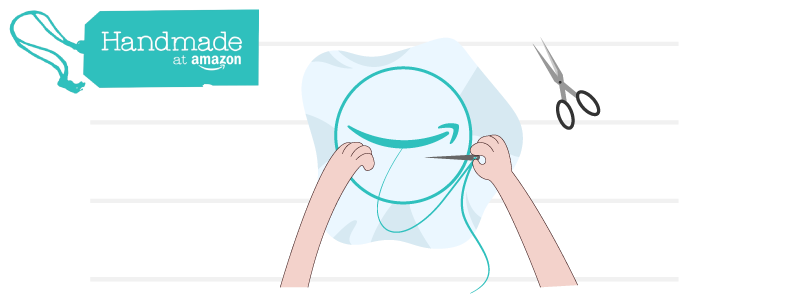
Although retail arbitrage is the easiest way to start making money as an Amazon FBA seller, it’s not for everyone. Another low risk option for getting started with Amazon FBA for those with artistic talent is the Amazon Handmade program. The Amazon Handmade program is for artisans who want to sell their crafted goods on the Amazon Marketplace. You’ll have to get approved before being allowed to sell through this program, but there are some pretty amazing benefits once approved, including:
Affiliate Marketing as an Amazon Associate

If you don’t have any money to invest in products or you have a large social following, the Amazon associates program is another option for you. As an Amazon associate, you market the products of other Amazon sellers to earn an affiliate commission. It’s easy to sign up and get started with Amazon Associates, and you can earn up to a 10% commission when someone makes a purchase after clicking on your affiliate link.
Conclusion
Although Amazon gurus can provide you with actionable information for success when selling on Amazon FBA, there are many that are just there trying to sell you their private label courses. Private label is an excellent business model for long-term success, but retail arbitrage is what most new sellers should use to get started selling on Amazon FBA. As Amazon FBA work only gets more complex when dealing with sourcing products internationally in bulk, retail arbitrage is a great way to experiment and make sure Amazon FBA is for you. If it’s not, there are plenty of other online business models. The best online business for you may be just around the corner.


